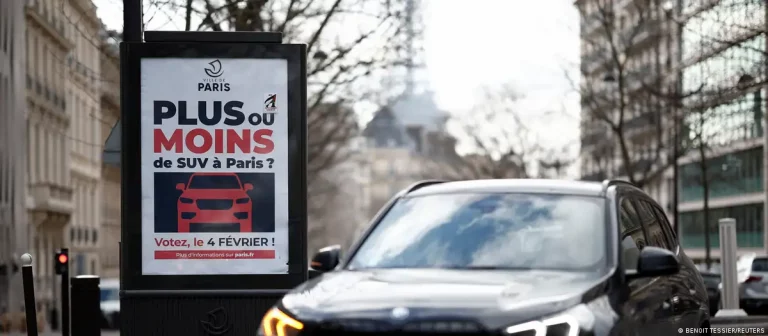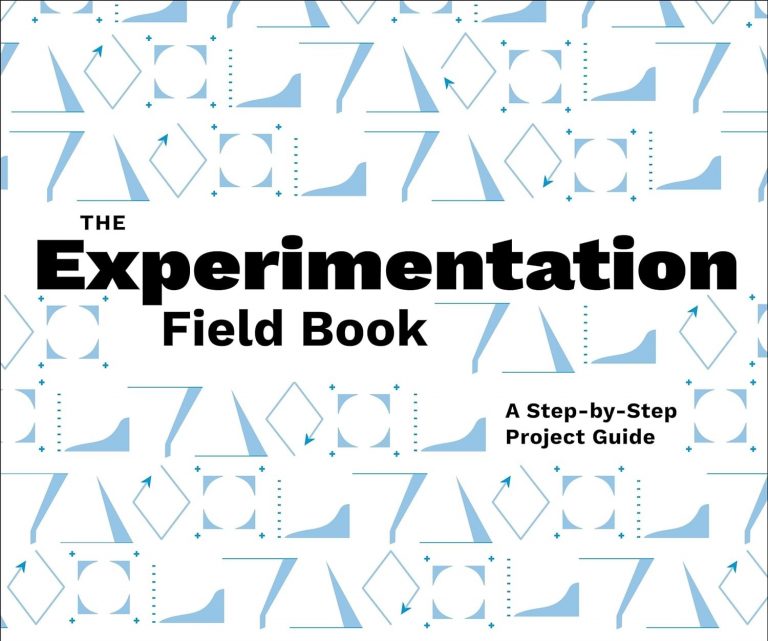Nearly all videos of UX Week 2012 now online

Our friends of Adaptive Path have uploaded (nearly) all videos of UX Week 2012, the premier user experience design conference that took place in August in San Francisco.
KEYNOTES
Ducks, dolls, and divine robots: designing our futures with computing [46:26]
Genevieve Bell, director of User Interaction and Experience in Intel Labs
No abstract available.
The story of Windows 8 [1:06:57]
Jensen Harris, Director of Program Management for the Windows User Experience Team.
No abstract available.
TALKS
Steal like an artist [25:51]
Austin Kleon, writer and artist
When somebody calls something “original,†9 times out of 10 they just don’t know the sources or references involved. The truth is that nothing is completely original — all creative work builds on what came before. In this talk, Kleon will teach you how to embrace influence, establish a creative lineage, and think of yourself as a mashup of what you let into your life.
The power of “why?” [21:31]
Bill DeRouchey, creative director at Simple
Designers must continually learn to survive. New technologies, new philosophies, new roles and responsibilities, new tools and methods all keep designers on their toes throughout their career. But one skill persists no matter where designer find themselves, the ability to ask Why?
Asking customers why they do what they do or believe what they believe unlocks the foundation for inspired design. Asking organizations why they follow their strategies unearths good habits or dangerous ruts. Asking our most traditional institutions why things are the way they are uncovers the potential to remake our society. Constraints, myths, assumptions and perspectives can all melt with a well-timed and well-framed Why?
Let’s apply some toddler magic to our adult careers and ask Why?
Toy inventing in the 21st Century: hard plastic vs the attention economy [20:10]
Bill McIntyre, President of Atomocom
As surely as the digital era transformed work and home life, it changed the way kids play. Like their parents, kids are choosing technology, tablet computers and video games over traditional toys at younger ages than ever. So how do traditional toy inventors compete for a kid’s interest against iPad apps and 24 hour cartoon networks?
Build the future!! [31:10]
Brian David Johnson, futurist at the Intel Corporation
What kind of future do you want to live in? What futures should we avoid? What will it feel like to be a human in the year 2025. Intel’s Futurist Brian David Johnson explores his futurecasting work; using social science, technical research, statistical data and even science fiction to create pragmatic models for a future that we can start building today.
Go with it: learning by doing [26:15]
Brianna Cutts, Visitor Experience and Exhibits Director at the Bay Area Discovery Museum
The pressure is on more than ever now that “creativity†is the hot 21st century skill and American creativity is on the decline. What should we do?
Design educational experiences that don’t feel educational.
During her talk, Brianna shares insights from a career in exhibition design, which requires a delicate balance of content knowledge, design skill and rule breaking.
The future will be made of screens [21:58]
Rachel Binx, design technologist at Stamen Design
No abstract available.
Citizen experience: Designing a new relationship with government [26:48]
Jennifer Pahlka, founder and executive director of Code for America
Code for America proposes what to many seems impossible: that interfaces to government could be simple, beautiful, and easy to use. Why care? Because the slow crumbling of our will to do things together as a society (what we used to call support for government) is a direct consequence of the public sector falling behind on modern technology and design. Who is fixing this? Talented, passionate designers and developers partnering with public servants in City Halls around the country.
iWitness case study [27:01]
Jesse James Garrett, co-founder and chief creative officer of Adaptive Path
From developing the concept through designing the experience to collaborating with an agile development team, Jesse will tell the story of creating Adaptive Path’s groundbreaking social media tool, iWitness.
UI for Big Data visualization [25:16]
Jonathan Stray, head of the Overview Project, a Knight News Challenge-funded semantic visualization system for very large document sets
Visualization is great way to understand data, but it breaks down when the data gets big. Simply plotting everything to the screen won’t work, because there isn’t enough screen real estate, interactions slow to a crawl, and human working memory isn’t up to the task anyway. Big data requires specific interaction techniques for visual exploration, such as filtering, summarization, and context. He goes over some basic principles, and shows examples of recent systems, including his work on the Overview Project, a system for visual exploration of huge unstructured document sets.
Testing positive for healthcare UX [18:27]
Maren Connary, Kaiser Permanente
The healthcare experience is improving even though we’ve almost all had a less-than-pleasant memory of either waiting endlessly for an appointment, forgetting when and what dose of meds to take, crying over massive and unpredictable bills, or even just locating decent care in the first place. All of these mounting complaints and expenses have finally pushed healthcare to the tipping point. As a result, a patient-centered paradigm has emerged that is forcing organizations to more closely examine and improve the experiences they provide.
Two brains, one head: analysis and intuition in design practice [23:44]
Maria Cordell, Design Director at Adaptive Path
Often connected to the unexplained or mysterious, intuition gets a bad rap. Yet intuition is at the heart of creativity, and significant advances in our understanding of the physical world are borne of intuitive leaps. While some hail its power, others advocate that what’s needed is more analysis — not intuition! What does this mean for us? What is intuition and why is it so divisive? And does it have a role in design?
Fashioning Apollo: the infinite, intimate lessons of technology, bureaucracy, and human beings in the space race [31:46]
Nicholas de Monchaux, architect and urbanist
When Neil Armstrong and Buzz Aldrin set foot on the lunar surface on July 21, 1969, the spacesuits they were wearing were made, not by any of the sprawling, military-industrial conglomerates who had forged the hard surfaces of their rockets or capsules, but rather by the International Latex Corporation, best known by its consumer brand, “Playtex.†The victory of Playtex over the military-industrial establishment, and the soft, 21-layer suit that trumped hard, system-designed prototypes, is only one of the many stresses and strains that characterized the rapid effort to insert soft, human beings into military-industrial machinery originally intended for warheads, and nuclear destruction. And while it may seem—at least initially—that the process of designing for human beings is a less high-stakes enterprise than the summit of the Cold War, many of the seemingly otherworldly lessons of man, and technology, on the moon, remain urgent examples for our machines, cities, and ecologies today
UX is strategy; not design [25:26]
Peter Merholz, head of user experience at Inflection
In trying to understand the challenges the UX community has had in clarifying what the “UX profession†is, it occurred to Peter that we’re thinking about this all wrong. Though UX finds its genesis in design disciplines, user experience is not a design activity. In order for user experience to deliver on its potential, we need to reframe it so that it contributes directly to strategy, and, in doing so, drives practices throughout the organization.
Cars, castles, and spas [28:09]
Rob Maigret, SVP of Global Creative at Disney Interactive, the digital entertainment and games segment of The Walt Disney Company
From the time he was in his teens, Rob had heard about the lucky few who traveled to Germany to pick up their brand new Porsche automobiles at the factory and take them for an extended drive on the autobahn at great speeds. On the journey, they enjoyed beautiful scenery and Euro-luxury before having their cars shipped to the states for a much more prosaic driving experience. This year, he finally decided to check it out for himself. Maybe someday you will, too. Maybe you won’t. But either way, in terms of UX, this might be is as serious as it gets for fully experiencing a brand at its core.
Death to curiosity: will tomorrow’s [21:25]
Toi Valentine, experience designer at Adaptive Path
If the previous generation was responsible for defining UX, what is the next generation of UX practitioners responsible for? What opportunities exist for them? What impact will they have on UX? On the world? After collecting personal experiences from designers right out of UX-related programs and those with more than ten years of experience, Toi reflects on the challenges and opportunities that come with finding your way in UX. Without clear pathways and destinations, how will the next generation find their way? How can the discipline and UX community support them in their journey to impact the future of UX?
An animating spark: mundane computing and the web of data [42:19]
Tom Coates, founder and president of Product Club
Network connectivity is reaching more and more into the physical world. This is potentially transformative – allowing every object and service in the world to talk to one other—and to their users—through any networked interface; where online services are the connective tissue of the physical world and where physical objects are avatars of online services. It’s a world where objects know who owns them and can tell the world where they are. A world where ‘things’ are services, and where their functions can be strung together in daisy chains across the planet. Now the only question is how we make it useful and comprehensible for normal people…
How and why to start sketchnoting [19:40]
Veronica Erb, user experience designer at EightShapes LLC
When you attend a presentation, what do you do? Sit quietly and listen? Scribble notes? Live tweet? Get distracted by your smartphone?
There’s yet another option: sketchnote.
Sketchnoting is like notetaking, but with more flair and more focus. Hand lettering and illustrations provide the flair; focus provides you the time to include the flair. Besides keeping you engaged during talks, visual notetaking makes it easier to retain what you’ve heard and share it later.



